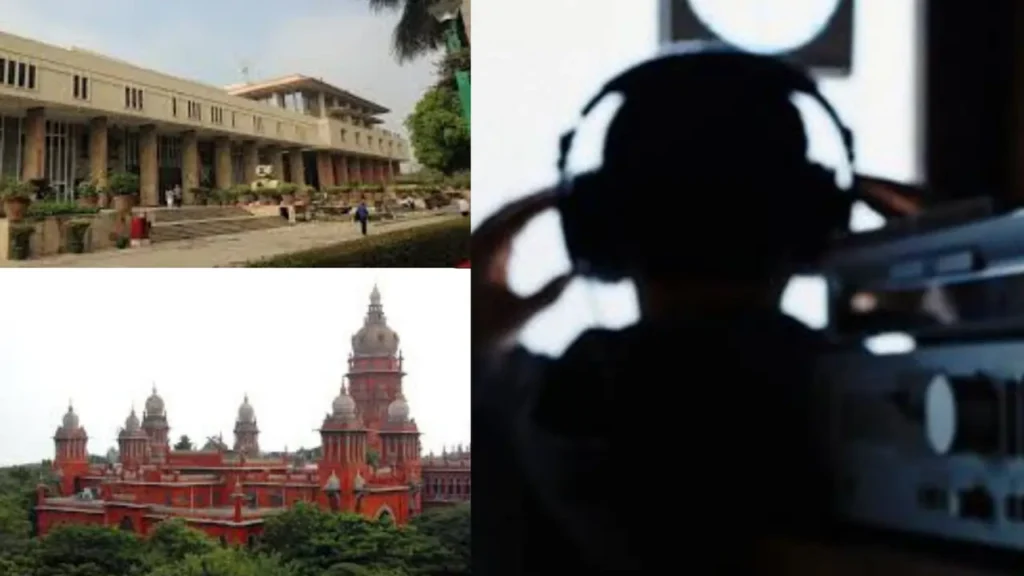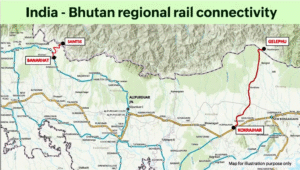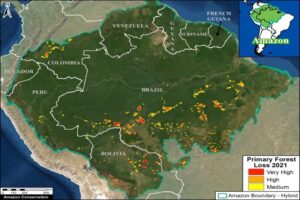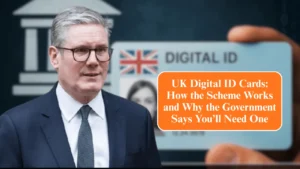
Law on Phone Tapping in India: Recent Delhi and Madras High Court Rulings & Legal Framework
Introduction
In July 2025, two landmark rulings by the Delhi High Court and the Madras High Court reignited national debate over the legality and limits of phone tapping in India, especially in cases where no crime has yet been committed. Both cases revolved around whether the government or investigating agencies can intercept phone communications of suspects in the absence of an actual offence, on grounds of “public safety” or “public emergency”.
The judgments bring crucial clarity to Section 5(2) of the Indian Telegraph Act, 1885, and highlight the constitutional protection of privacy, especially after the Supreme Court’s Puttaswamy judgment (2017) that declared the right to privacy as a fundamental right under Article 21.
This issue is vital for CLAT 2026 aspirants, as it blends constitutional law, criminal law, and procedural rights, making it a rich source for Legal Reasoning, Current Affairs, and Comprehension passages.
Why in News?
- On June 26, 2025, the Delhi High Court upheld a phone-tapping order issued by the CBI in a corruption case, ruling it valid under the “public safety” exception.
- On July 2, 2025, the Madras High Court struck down a phone-tapping order issued by the Ministry of Home Affairs (MHA) in a tax evasion-related case, holding that no “public emergency” or “public safety” threat was established.
- These conflicting decisions have sparked debates about the constitutionality, scope, and procedural safeguards in surveillance practices in India.
Legal Basis for Phone Tapping in India
The government’s power to intercept communications is derived from three major legislations:
- Indian Post Office Act, 1898
- Regulates postal communication interception.
- Indian Telegraph Act, 1885
- Section 5(2) is key: Allows tapping of telephone conversations only in cases of:
- Public emergency or
- Public safety
- Was originally meant for intercepting telegrams, now extended to telephonic and mobile communication.
- Information Technology Act, 2000
- Regulates electronic communication like emails, messages, and online data.
Highlights of Section 5(2) of the Telegraph Act
- Allows both state and central governments to authorize interception.
- Must be “necessary or expedient in the interest of sovereignty and integrity of India, public order, or to prevent incitement of an offence.”
- The use of this provision must be:
- Limited and
- Based on proportionality.
- Economic offences, including tax evasion and corruption, are debatably interpreted under this clause.
Key High Court Rulings Explained
Delhi High Court – June 26, 2025
- Upheld the phone-tapping of an accused by CBI in a bribery case.
- Accused was allegedly bribing an official to manipulate tenders worth ₹2,149.93 crore.
- Justice Amit Mahajan ruled:
“The economic scale of the offence satisfies the threshold of public safety.”
- Corruption, as per the court, is a national threat that affects public trust, infrastructure, and national development.
- Therefore, tapping was deemed valid under the public safety clause of Section 5(2).
Madras High Court – July 2, 2025
- Struck down MHA’s order for intercepting a phone in a tax evasion case.
- Accused was trying to bribe an Income Tax officer to conceal ₹50 lakh in black money.
- Justice Anand Venkatesh ruled:
“Tax evasion does not qualify as a ‘public emergency’.”
- Held that the MHA’s justification failed to meet the constitutional standard.
- Flagged earlier Press Information Bureau data showing prior misuse of tapping powers.
- Ruled that unless an offence has occurred or is imminent, interception is not lawful.
Supreme Court Precedent: PUCL v. Union of India (1997)
- In People’s Union for Civil Liberties (PUCL) case:
- SC upheld Section 5(2) as constitutional.
- However, laid down strict procedural safeguards:
- Orders for phone tapping must be issued only by the Union or State Home Secretary.
- Tapping must be authorized with documented reasons.
- Review Committee (comprising Cabinet Secretary, Law Secretary, and Telecom Secretary) must confirm the necessity.
Procedural Norms for Lawful Interception
Step | Requirement |
1. | Order by Home Secretary (State or Central) |
2. | Valid grounds under Section 5(2): public emergency or safety |
3. | Approval by Review Committee within 7 days |
4. | Information must be “reasonably expected to be acquired” |
5. | Scrutiny under Rule 419-A of Telegraph Rules |
Notes: Key Terms Explained for CLAT Aspirants
Term | Explanation |
Section 5(2) | Provision of Indian Telegraph Act allowing interception of communication. |
Public Emergency | Situation of national importance threatening sovereignty or peace. |
Public Safety | Threat to public order, security, or stability. Must be narrowly interpreted. |
PUCL Case (1997) | Supreme Court judgment upholding surveillance law but requiring safeguards. |
Interception Order | Formal legal directive permitting phone tapping under due process. |
Right to Privacy | Declared a fundamental right under Article 21 by SC in Puttaswamy (2017). |
Review Committee | A group that reviews all interception cases to ensure legality and necessity. |
Relevance for CLAT 2026 Aspirants
Legal Reasoning
- Topics:
- Reasonable restrictions on fundamental rights
- Right to privacy vs. national interest
- Doctrine of proportionality
- Cases may appear as passages or hypothetical scenarios in CLAT questions.
GK/Current Affairs
- Legal developments related to phone tapping, surveillance, and privacy are high-yield.
- Aspirants should be familiar with:
- Section 5(2),
- PUCL case, and
- Recent High Court rulings.
Reading Comprehension
- Editorials or legal write-ups like this are common as comprehension passages in CLAT.
Conclusion
The 2025 Delhi and Madras High Court judgments showcase judicial divergence on surveillance and phone-tapping powers. While both rulings rely on Section 5(2) of the Indian Telegraph Act, their interpretation of “public safety” and “public emergency” differs drastically, underlining the importance of case-specific reasoning and proportionality in restricting civil liberties.
As India balances national security with individual freedoms, courts will continue to play a crucial role in checking executive overreach. These rulings also emphasize the necessity for a comprehensive privacy and surveillance law, something India still lacks despite the 2017 Puttaswamy judgment.
For CLAT 2026 aspirants, this topic is a must-know, blending legal principles, current affairs, and constitutional safeguards—core components of the CLAT syllabus.




